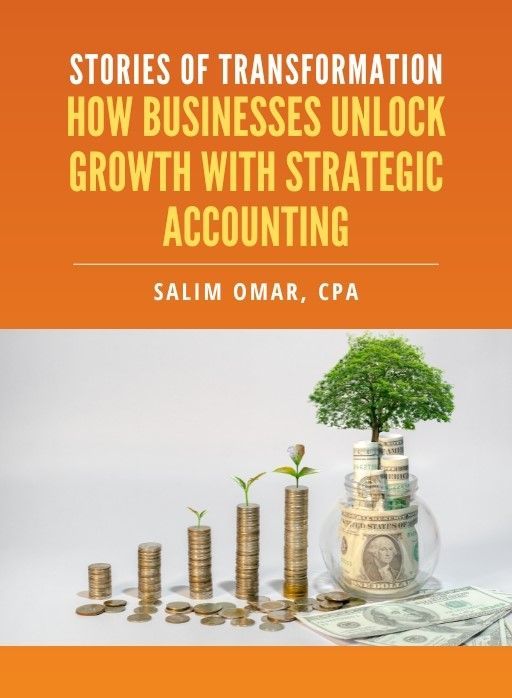Capital Gains and Losses: Tax Impact Explained

Navigating the world of investments can feel like a rollercoaster ride, especially when it comes to understanding how capital gains and losses impact your tax bill. Whether you’re a seasoned investor or just starting out, grasping these concepts is crucial for effective financial planning. Capital gains are the profits you earn from selling assets like stocks or real estate, while capital losses occur when you sell those assets for less than what you paid. The way these gains and losses are taxed can significantly influence your overall tax liability.
How Are Capital Gains Taxed?
When you sell an asset for a profit, the IRS categorizes the gain based on how long you held the asset:
- Short-Term Capital Gains:
- Applies to assets held for one year or less.
- Taxed at ordinary income tax rates (10%–37% depending on your tax bracket).
- Example: Buy stock for $1,000, sell it six months later for $1,500—your $500 profit is a short-term capital gain.
- Long-Term Capital Gains:
- Applies to assets held for more than one year.
- Taxed at lower rates (0%, 15%, or 20%, depending on your income).
- Example: Buy stock for $1,000, hold it for two years, and sell it for $1,500—your $500 profit is a long-term capital gain.
The Tax Treatment of Capital Losses
Capital losses can offset capital gains, reducing your overall taxable income.
- Offsetting Gains: If you have more losses than gains, the excess loss can offset up to $3,000 of other income annually ($1,500 if married filing separately).
- Carry Forward: Unused losses can be carried forward to future tax years.
Example:
Frank sells Stock A at a $10,000 gain but also sells Stock B at a $15,000 loss. He offsets the $10,000 gain with part of the loss, leaving $5,000 in losses. Frank can use $3,000 of this loss against his income this year and carry the remaining $2,000 to the next tax year.
Strategies to Minimize Taxes: Tax-Loss Harvesting
Tax-loss harvesting involves selling securities that have lost value to offset taxable gains.
How It Works:
- Sell underperforming investments to realize losses.
- Offset those losses against any gains or up to $3,000 of ordinary income.
- Reinvest proceeds into similar investments to maintain your market position (while avoiding wash-sale rules).
Example:
Jennifer owns two stocks:
- Stock C: Bought for $10,000, now worth $7,000 (a $3,000 loss).
- Stock D: Bought for $5,000, now worth $8,000 (a $3,000 gain).
By selling both stocks:
- Jennifer offsets her $3,000 gain with the $3,000 loss, reducing her taxable income.
- She reinvests the proceeds from Stock C into a similar stock, maintaining her portfolio's balance.
Holding Period Matters
The holding period determines whether your gains or losses are short-term or long-term, impacting the tax rates you’ll face.
- Short-Term Holdings: Taxed at higher ordinary income rates.
- Long-Term Holdings: Benefit from lower capital gains tax rates.
Planning Tip:
If you’re close to a one-year holding period, consider delaying a sale to qualify for long-term capital gains tax rates, especially if you’re expecting a significant profit.
Real-Life Example: Planning Ahead
John reviews his portfolio at year-end and notices some underperforming stocks.
- He sells these stocks to realize losses and offsets gains from other investments.
- He reinvests proceeds into similar stocks while avoiding wash-sale violations.
Outcome:
John reduces his immediate tax burden and positions himself for future growth by staying invested.
Conclusion
Understanding how capital gains and losses affect your taxes is essential for optimizing your financial strategy. By employing tactics like tax-loss harvesting and strategic holding periods, investors can significantly minimize their tax liabilities while maximizing investment potential.
At
Straight Talk CPAs, we empower investors with the knowledge and strategies to make informed financial decisions. Let us help you navigate your investment taxes and ensure you keep more of what you earn.
Free eBook:
Stories of Transformation


Salim is a straight-talking CPA with 30+ years of entrepreneurial and accounting experience. His professional background includes experience as a former Chief Financial Officer and, for the last twenty-five years, as a serial 7-Figure entrepreneur.




